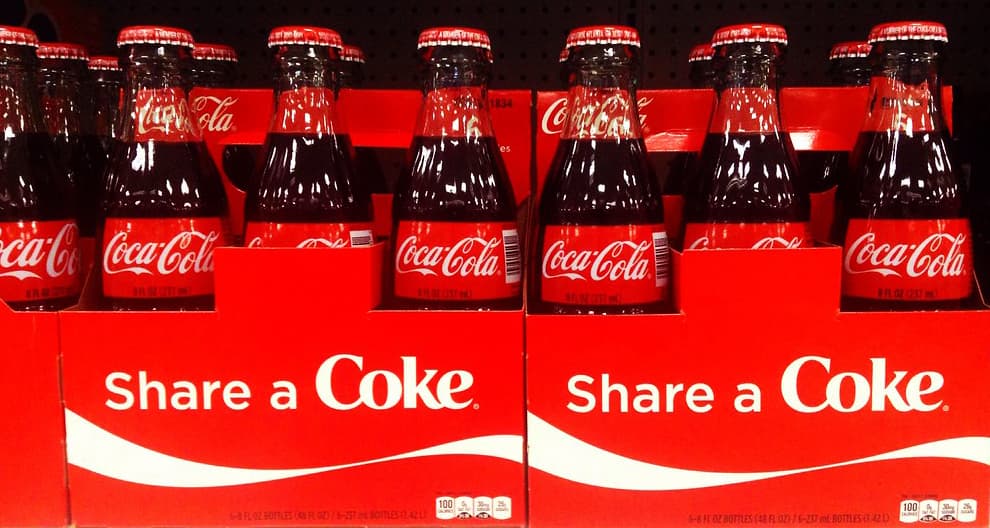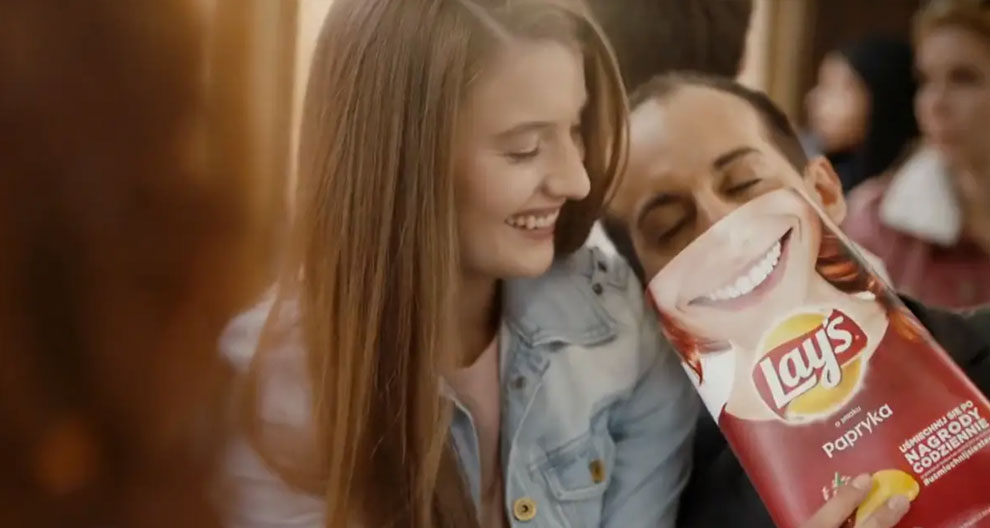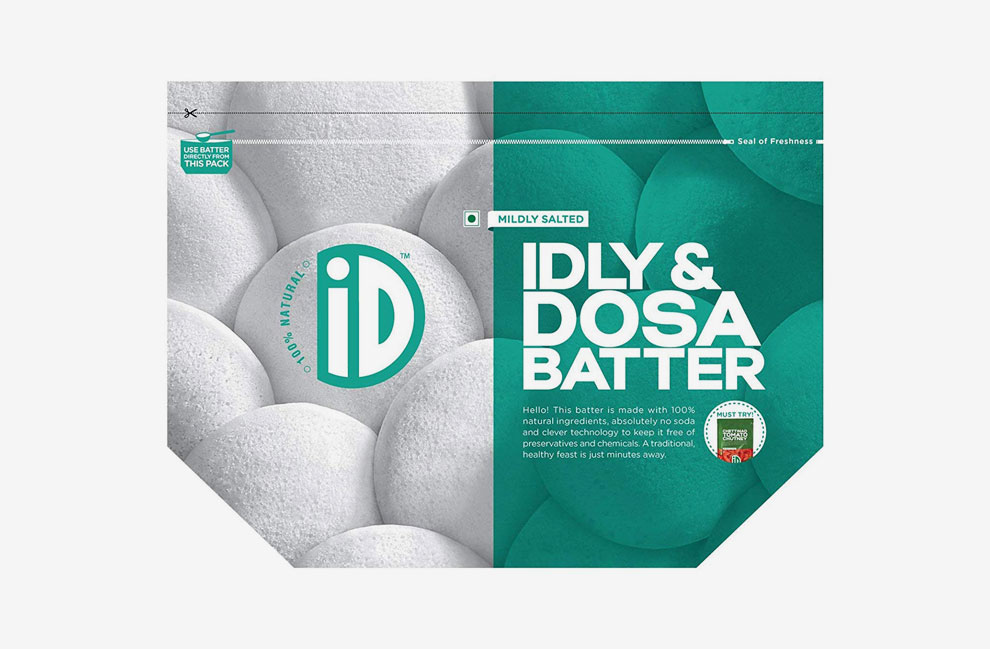Have you noticed any change in product packaging these days? Well, we’re sure you must have come across the new packaging design of Coca Cola’s cans and Lays’ Smile packs. Coca Cola came up with clever ways to not just buy the product for yourself but also share it with a loved one or a friend. With a successful ad campaign called Share-a-Coke. Coca Cola managed to share this message across all of its assets. Be it advertising videos, billboards, etc and especially product packing. They used the packaging as a medium of communication to achieve a good brand presence and recognition. They designed the product’s packaging around this theme and made sure that it echoed the same message. With messages like Share-a-Coke with your Bestie, Dad, Mate, etc printed on the labels. Coca Cola made sure that the products spoke what they as a company communicated.

Another similar story of Lays’ packaging is eye-opening. In October 2019, Frito-Lay launched its global smile campaign to India as ‘Lay’s Smile Deke Dekho’ (Meaning – Lay’s smile and see). This campaign was a plan to personalize the brand and gain traction. The campaign was launched in Oct 2019 with two famous Indian actors – Ranbir and Alia. The campaign aimed at bringing awareness of the different flavors of Lay’s by personalizing it with the different ways to smile. And the journey of the campaign was communicated best in their packaging design.

The idea came about by hype of emoticons, so much so that the management decided to give emoting a chance. The campaign saw a huge success in seeing a million impressions. The simple use of packaging to smile gave a boost to connect with the audience in a big way. The Smile Packs of Lay’s are still a popular hit in the markets.
Now, in both these examples. We see that packaging design played a pivotal role in creating a brand emotion and connecting with the audience. We know that Packaging Design is a game changer in establishing trust and confidence with the customer. Because in the end, the product that consumers buy helps them map the brand at the appropriate level. A study shows that a consumer’s buying decision is dependent on the packaging of the product. So it is crucial to give Packaging Design a thought as it is vital for the success of any product or brand in the market out there.
Packaging has stood the test of time and has been there with its long history that is difficult to date back to. Due to the nomadic nature of humans to move around. We know that the need to store food was an absolute necessity. However, the method they used to store food is something that we can’t get a handle on. If our assumptions are right, the pri-historic packaging can be possibly dated back to 5000-3500BC. Where they used natural materials like gourds, leaves, wood and animal skins to carry and store their food. Later as civilizations grew to bigger village communities, and the style of packing was also improved.

We notice these developments when we think of baskets being weaved from plant fibers. Animal skins being sewed to store water or liquids. Sculpting clay pots for storage and crafting wood into boxes for storage. We know later, that as communities started to develop into cities, there is a shift in the innovations in packaging. The introduction of brown glass, industrial glues, and wooden barrels gave new platforms to store and transport. As the transportation of products grew in popularity. The concept of trading food and liquids to different places became a thing.
The next era which was a boon of the industrial revolution practically uplifted the packaging sector to great heights. With the introduction of machine-made manufacturing, the process of packaging reached greater speeds. And also the idea of individual product packaging was gaining momentum. Single-use throwaway packaging options like aluminum foil, frozen food packaging, and milk cartons became popular until the end of world war II. The dawn of modern-day packaging gave rise to plastic containers and paper labels. The packaging was starting to become an effective tool for sales and marketing. The ideology of packing as a tool to store, transfer and conserve was transforming into a mode of communication as well. With the introduction of Polyethylene, it became the norm for packaging as it was a cheap option. The material didn’t last too long as it caused environmental problems due to its non-recyclable nature. Strict rules and standards were laid to curb environmental issues, giving rise to sustainable options. Now, the trends of packaging are moving in the direction of reusability, functionality, and optimization of waste.
The last decade has seen a great fluctuation in the way we handle packaging and its waste. With a rise in the awareness about sustainable living and caring for the environment. Consumers these days consider products that are more eco-friendly and safe for the environment. Manufacturers are starting to ride the way of sustainable living. And designing environment-friendly packaging for its products.
A snack brand in the UK called Snact is paving the way for others to follow with their 100% compostable packaging design.

Similarly, many companies are following suit. And investing in packaging designs that are environment-friendly and reduce the ecological footprint. Gone are the days when packaging was putting a label on the product and selling it. The visual appeal, functionality and environment-friendly packaging are some factors that have taken center stage in packaging design. It is observed that people’s buying decisions are dependent on the packaging of the product. Hence, packaging design has become a part of the experience of the product, and companies are catering to these needs of the consumers as well. Be it the box in which you get your new phone, or a carton that you pour out milk from, consumers are giving attention to the details of the packaging design to check and see if they are Instagram worthy.
An important trend or concept that is taking shape is the functionality of packaging design. Consumers all around the world are looking for ways to make their effort minimal, people are no longer interested in buying snacks off the shelves and empty the contents in a bowl to eat, they want the packaging to do the job of a serving bowl as well. People are looking for products that are ready to be kept on the table without the hassle of transferring and storing in containers. Beautiful zip pouches that can be locked and opened multiple times, food containers that double up as plates are some examples of functional designs that are gaining traction in the market. ID Dosa Batter went through a revamp with its packaging design.

Unlike the old design, ID’s new packaging doesn’t need its contents to be emptied into another container. Instead the packaging itself acts as storage because of its zip lock feature and a strong base to keep the packet upright. The instructions on the packaging are self-explanatory and simple to understand as well, which makes it a consumer-friendly product to use. Another important aspect that we notice is its visual appeal. Though the graphics are at a minimal, the packaging clearly gives you a picture of what you are getting when you look at it. Now what does this have to with today’s packaging?
We know for a fact that the digital world is booming and online shopping is replacing the traditional ways of shopping. And from the examples that we’ve seen earlier, we know that visual appeal is one of the important elements of packaging design. Choosing the right graphics, colors and design are crucial action points. Be it placing the logo design, or putting pictures of the product or the brand colors that you want to use for your packaging design, all these elements need to be given attention to detail. Remember, people’s buying decisions are based on the design of the packaging of a product. Making sure that the product looks appealing is an important factor.
Another vital element for any product packaging is its functionality. Learning from ID’s example. The aim of the redesign was perhaps to solve the problem of transferring the contents of the packet into another container. Creating packaging designs that are functional give products an edge over its competitors in the market. Consumers are always looking for products that simplify their effort. The lesser the amount of effort utilized to consume a product is going to attract more consumers to it.
Finally, it is advisable to create products that speak for themselves. As they are more likely to gather an audience than those that are hard to understand. Making packaging designs that are functional to use, beautiful to look at and easy to understand is at the core of packaging designs. People are wired with certain functions or instructions. Tapping into those preset functions and incorporating it onto the product design will give you a better edge to reach your consumers effectively.